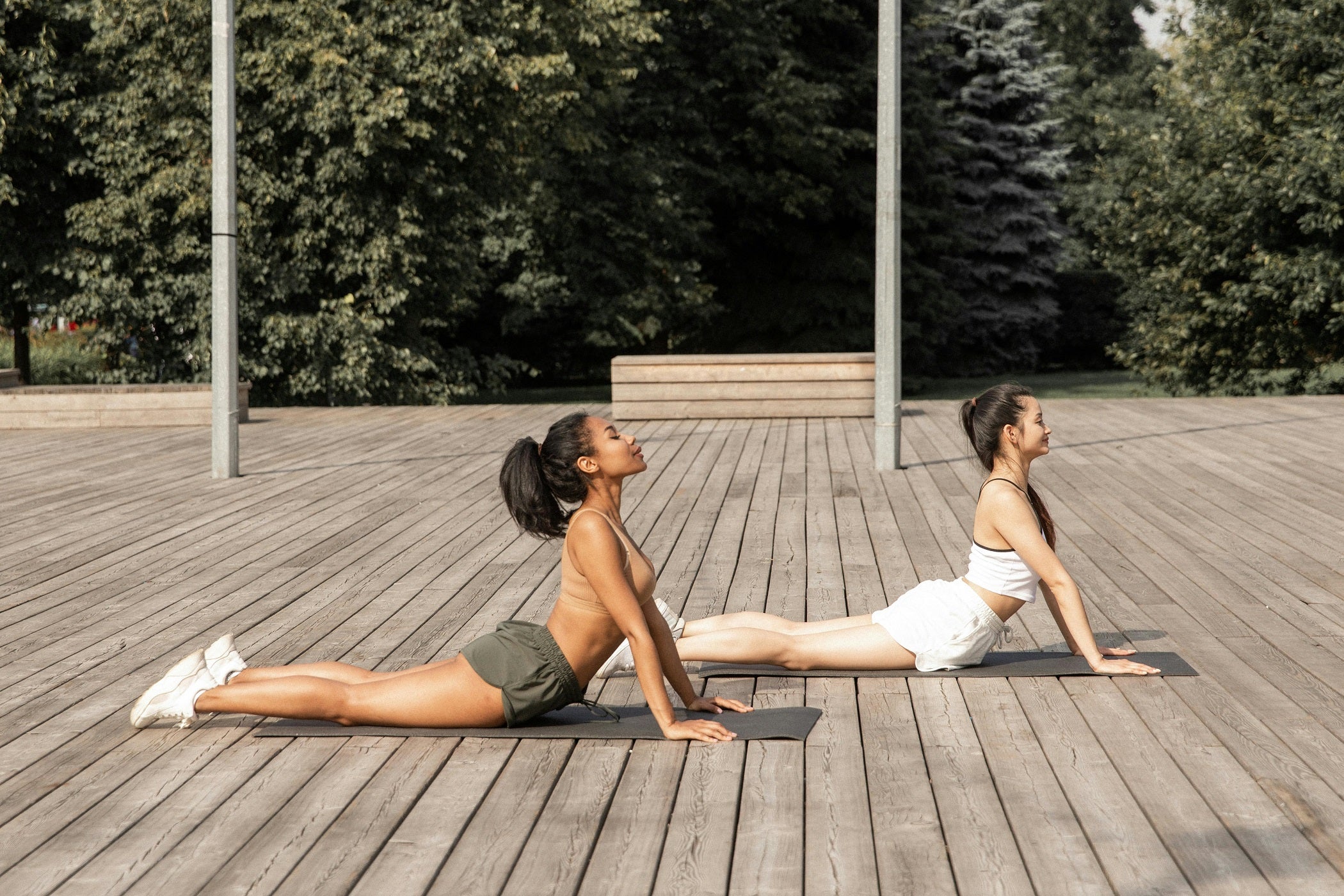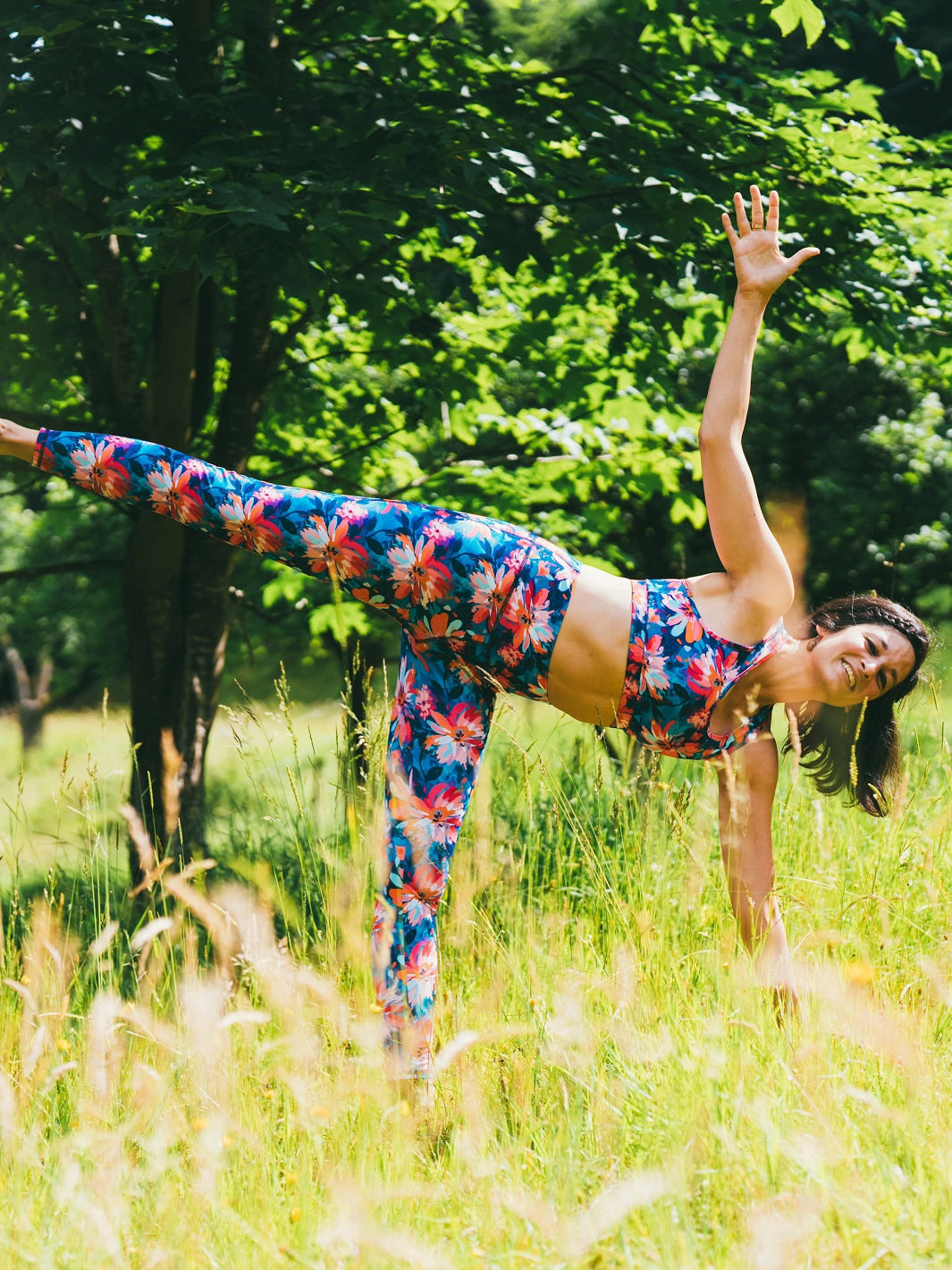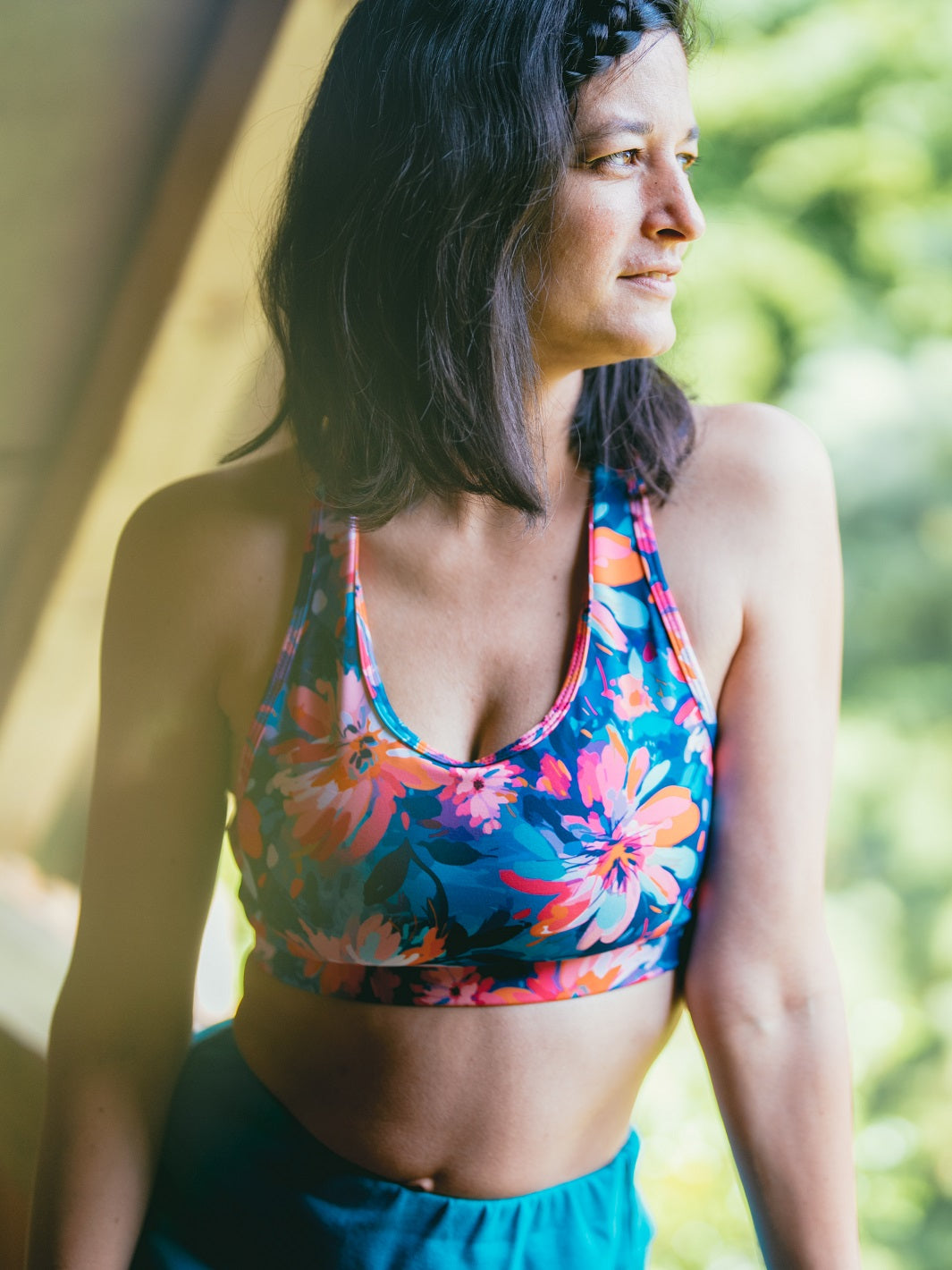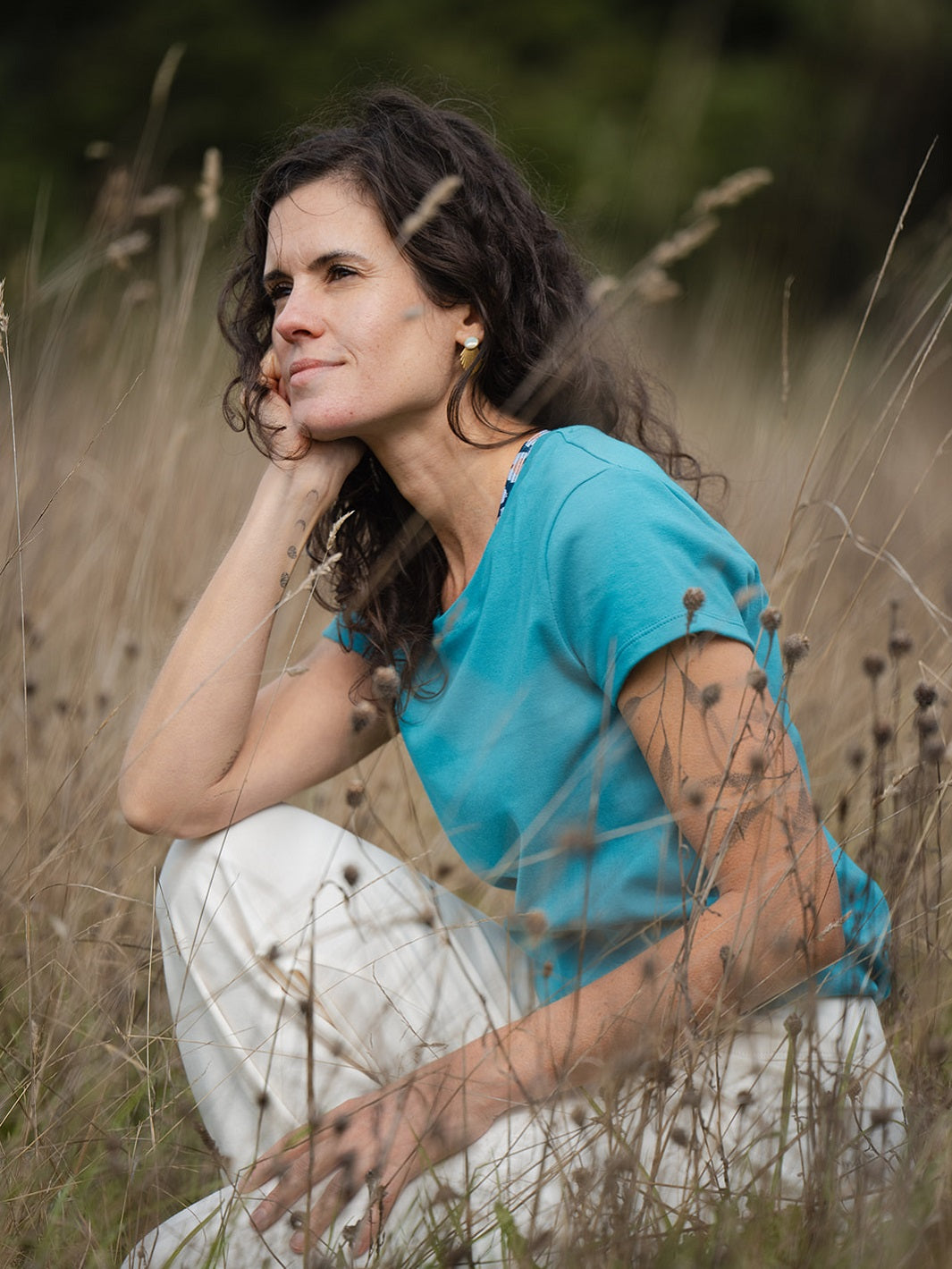Yoga is full of iconic poses, some of which are so popular that they have become synonymous with the practice itself.
Among them, the Sphinx, Cobra and Upward Facing Dog postures feature prominently.
These postures have in common that they stretch the spine, strengthen the back and stimulate energy.
However, they have important differences in terms of technique, benefits, and level of difficulty.
In this article, we'll explore each of these postures in depth: their execution techniques, their specific benefits, and tips for integrating them into a balanced practice.
Whether you are a beginner or an advanced practitioner, these postures will allow you to develop flexibility, strength, and stability.
If you are particularly interested in balancing yoga poses, take a look at our blog post dedicated to this topic.
Working on opening the heart with certain yoga postures is also an interesting way to free yourself from accumulated tension.
Not sure which yoga to choose? Take the time to find out what type of yoga is right for you.
Regardless, always practice in accordance with these golden rules to avoid injury.
But let's get back to our sheep...

1. Sphinx Pose (Salamba Bhujangasana)
Sphinx Pose is a gentle, accessible pose that prepares the body for deeper back stretches. It is particularly suitable for beginners or those with mild back pain.
1.1 Technique for Performing the Sphinx Posture
- Starting position : Lie on your stomach with your legs extended and your feet hip-width apart. Place your forehead on the floor.
- Place elbows under shoulders : Bring elbows under shoulders, keeping forearms parallel and palms grounded.
- Engage your lower back : Push gently into your forearms to lift your chest. Keep your shoulders low and relaxed.
- Lengthen the spine : Gently stretch the spine, imagining it extending from the lower back to the neck.
- Breathe : Hold the pose for 5 to 10 breaths, inhaling and exhaling deeply.
1.2 Benefits of the Sphinx Pose
- Gently stretches the spine : The Sphinx pose helps lengthen and strengthen the back without putting too much strain on the muscles.
- Strengthens the lower back : By lifting the chest without forcing, the posture gradually strengthens the lumbar muscles.
- Boosts energy and mood : This gentle posture opens the rib cage, promoting better breathing and a state of calm.
1.3 Tips for Safe Practice
- Avoid arching your lower back too much by pushing excessively into your arms.
- Engage your abdominal muscles to protect your spine and distribute the effort throughout your back.
- Keep your shoulders relaxed and away from your ears.

2. Cobra Pose (Bhujangasana)
Cobra pose is a more intense and dynamic version of Sphinx. It requires greater strength in the back and provides a deeper stretch in the spine.
2.1 Technique for Performing the Cobra Pose
- Starting position : Lie on your stomach with your legs extended and your feet together or slightly apart.
- Place hands under shoulders : Palms are placed flat on the floor, just under the shoulders, with elbows bent and close to the body.
- Lift the chest : As you inhale, push into your palms to lift the chest. Do not lift your hips completely off the floor to maintain the back stretch.
- Pull your shoulders away from your ears : Engage your shoulder and back muscles so you don't "sag" your upper body.
- Lengthen the neck : Keep the head aligned with the spine, without straining the neck.
- Breathe deeply : Hold the posture for 5 to 10 breaths.
2.2 Benefits of Cobra Pose
- Strengthens the back : By increasing the use of back muscles, the Cobra develops strength and stability in the spine.
- Opens the rib cage and lungs : The Cobra helps to open the chest, thus promoting deeper breathing.
- Stimulates the abdominal organs : By pressing the lower abdomen into the floor, this posture lightly massages the internal organs, which can improve digestion.
2.3 Tips for Safe Practice
- Avoid leaning entirely on your hands; instead, engage your back muscles to support the lift.
- Keep your shoulders away from your ears to avoid neck strain.
- If the pose is too intense, return to Sphinx for a gentler stretch.

3. Upward Facing Dog Pose (Urdhva Mukha Svanasana)
Upward Facing Dog is one of the most iconic yoga poses. It differs from the previous two by its orientation and the stretch it provides to the back of the body.
3.1 Technique for Performing Downward Dog Pose
- Starting position : Begin by lying on your stomach.
- Anchor your hands and feet : Tuck your toes under you and push through your hands to lift your hips.
- Stretch the spine : Keep your arms straight and your back straight. The backs of your feet touch the floor.
- Raise your head : Raise your head while looking towards the sky.
- Breathe : Hold the posture for 5 to 10 breaths.
3.2 Benefits of Upward Facing Dog Pose
- Stretch the posterior muscles : Upward Facing Dog lengthens the hamstrings, calves, and back muscles.
- Strengthens the shoulders and arms : By carrying part of the body weight on the arms, this pose strengthens the shoulders, wrists, and arm muscles.
- Improves Blood Circulation : This posture helps to stimulate blood circulation.
- Calms the Mind : Upward Facing Dog is a resting pose that calms the mind and relieves stress.
3.3 Tips for Safe Practice
- If you have tight hamstrings, bend your knees slightly to avoid putting too much strain on your lower back.
- Keep weight distributed between hands and feet to avoid putting too much strain on wrists.
- Remember to breathe deeply to calm the mind and avoid fatigue.

4. Comparison of the Sphinx, Cobra, and Upward Facing Dog Postures
|
Features |
Sphinx (Salamba Bhujangasana) |
Cobra (Bhujangasana) |
Downward Facing Dog (Urdhva Mukha Svanasana) |
|
Difficulty level |
Beginner |
Beginner/Intermediate |
Beginner/Intermediate |
|
Orientation |
On the stomach, chest open |
On the stomach, chest higher |
On the belly, opening of the heart |
|
Main objective |
Soft opening of the column |
Back stretch and chest opening |
Overall back and leg stretch |
|
Movements involved |
Chest lift |
Chest and torso lifts |
Hip lift, back extension |
|
Main benefits |
Gently strengthens the back |
Strengthens and stretches the back |
Stretches the back of the body, strengthens the arms |
|
Breathing |
Soft and slow |
Deep, with slight extension |
Slow and calm, relaxing |

5. Tips for Integrating these Postures into a Session
These three postures can be used individually or integrated into a yoga sequence for a balanced practice.
- Gentle Transition Sequence : Start with Sphinx to warm up the spine, then move to Cobra for a deeper back stretch. Finish with Upward Facing Dog to stretch the entire back of the body.
- Back Relief Sequence : The Sphinx and Cobra are great for those suffering from lower back tension as they gently strengthen and stretch the back area.
- Energizing sequence : To wake up the body in the morning, move from Sphinx to Cobra, then to Upward Facing Dog to energize the spine and boost energy.
Conclusion
The Sphinx, Cobra, and Upward Facing Dog poses are essential elements of any yoga practice, each providing specific benefits for the body and mind.
By incorporating them into your practice in a thoughtful way, you can improve your flexibility, strengthen your back and calm your mind.
These postures invite you to explore gentle alignment and stretching, promoting a sustainable and balanced practice.





Leave a comment